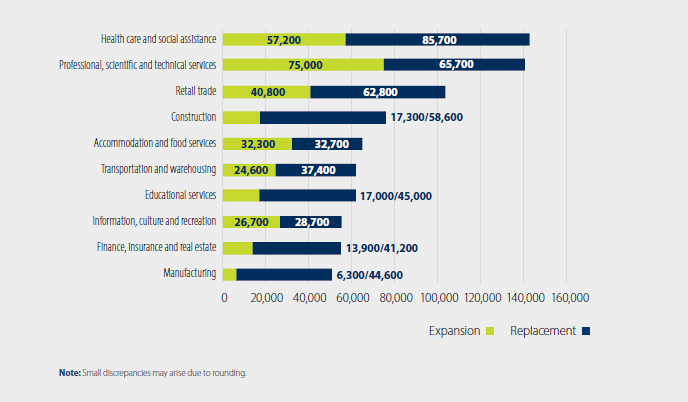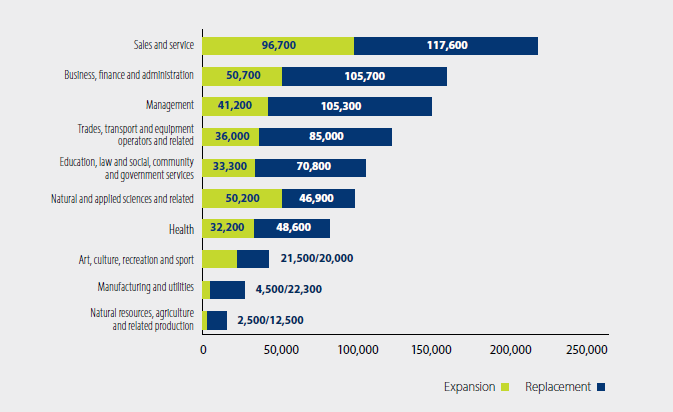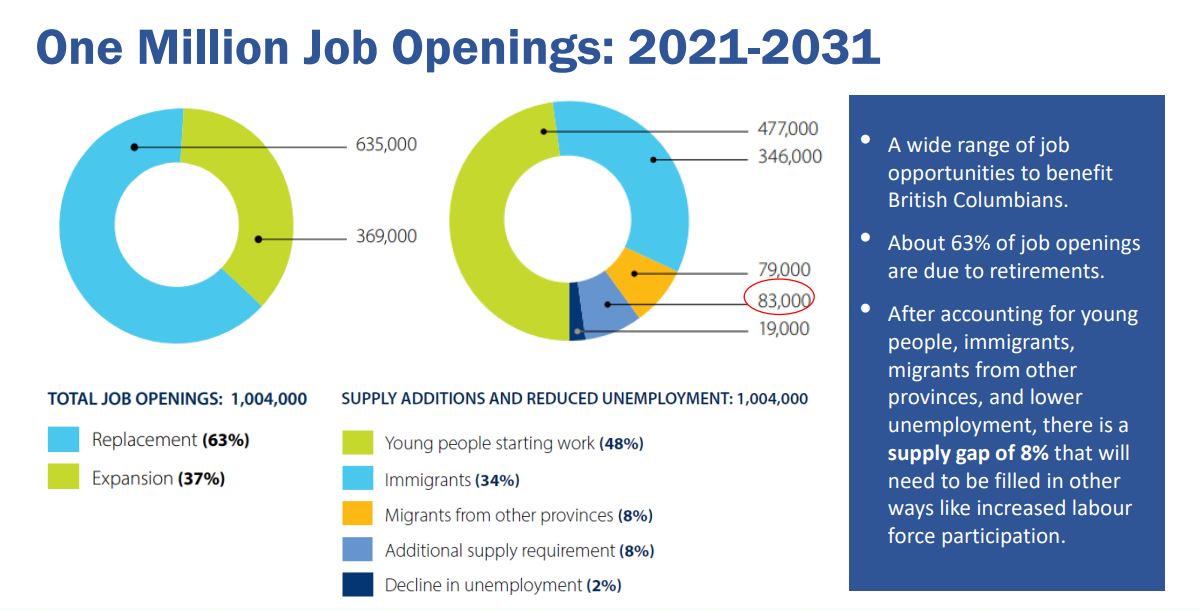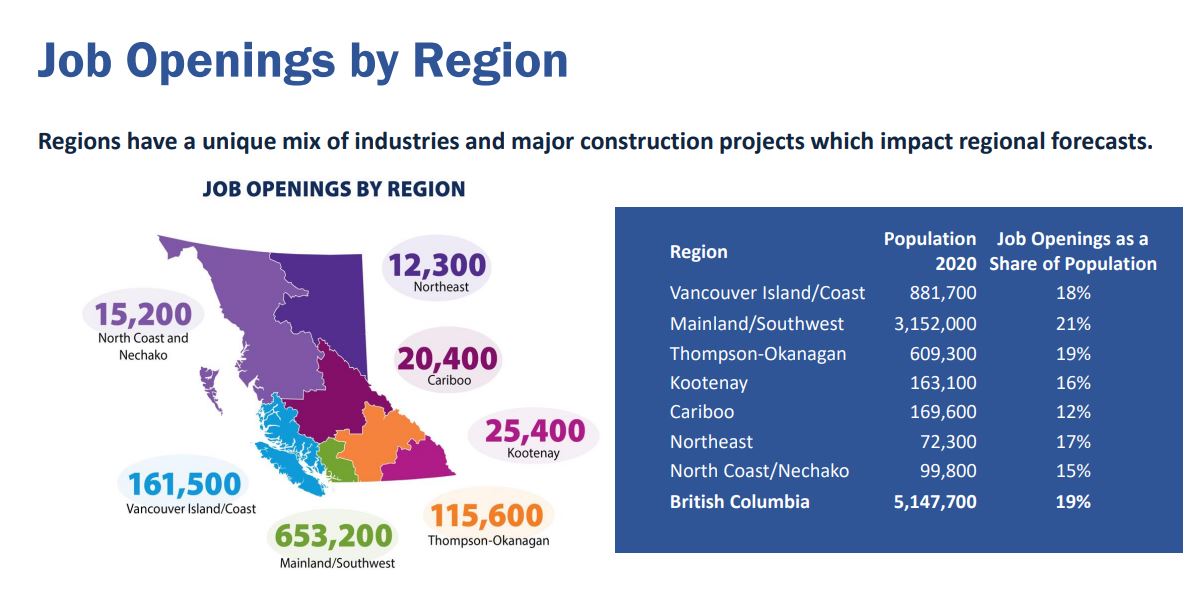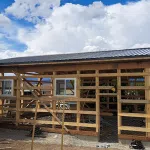
B.C. prepares for over a million job openings in next 10 years
Approximately one million jobs are expected to open in B.C. over the next decade, and the province is preparing for these openings by supporting the workforce.
The 2021 Labour Market Outlook (LMO) predicts 1,004,000 jobs opening through to 2031. Of those, 63 per cent will be replacement jobs for people leaving the workforce, and the remaining 37 per cent will be newly created jobs.
It’s estimated that half of the projected jobs will be involved in the health care and social assistance; professional, scientific and technical services; retail trade; construction; and accommodation and food service sectors.
Health care is expected to see the largest growth in openings, while the tech sector will be a key growth industry in B.C. over the next 10 years.

